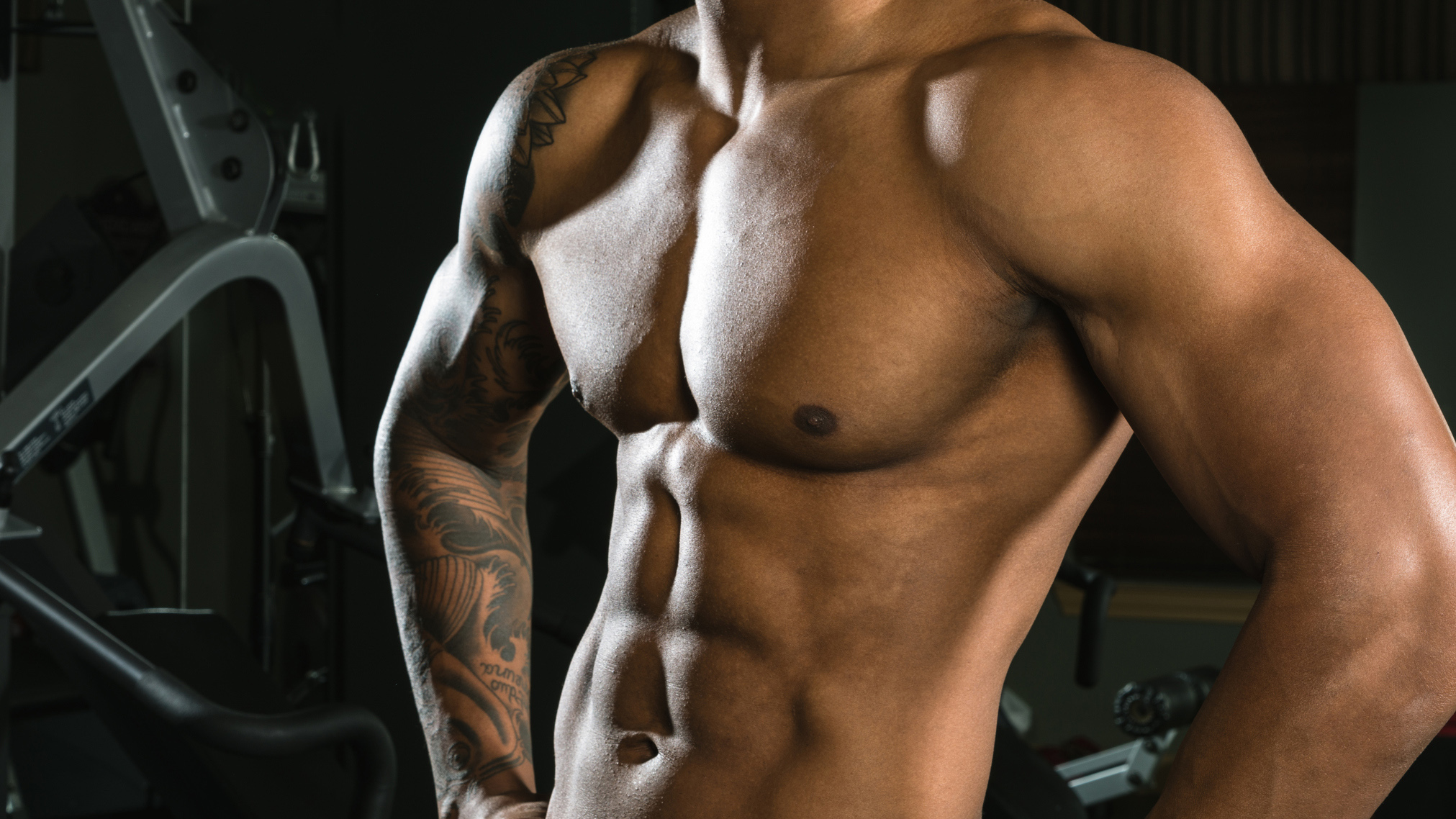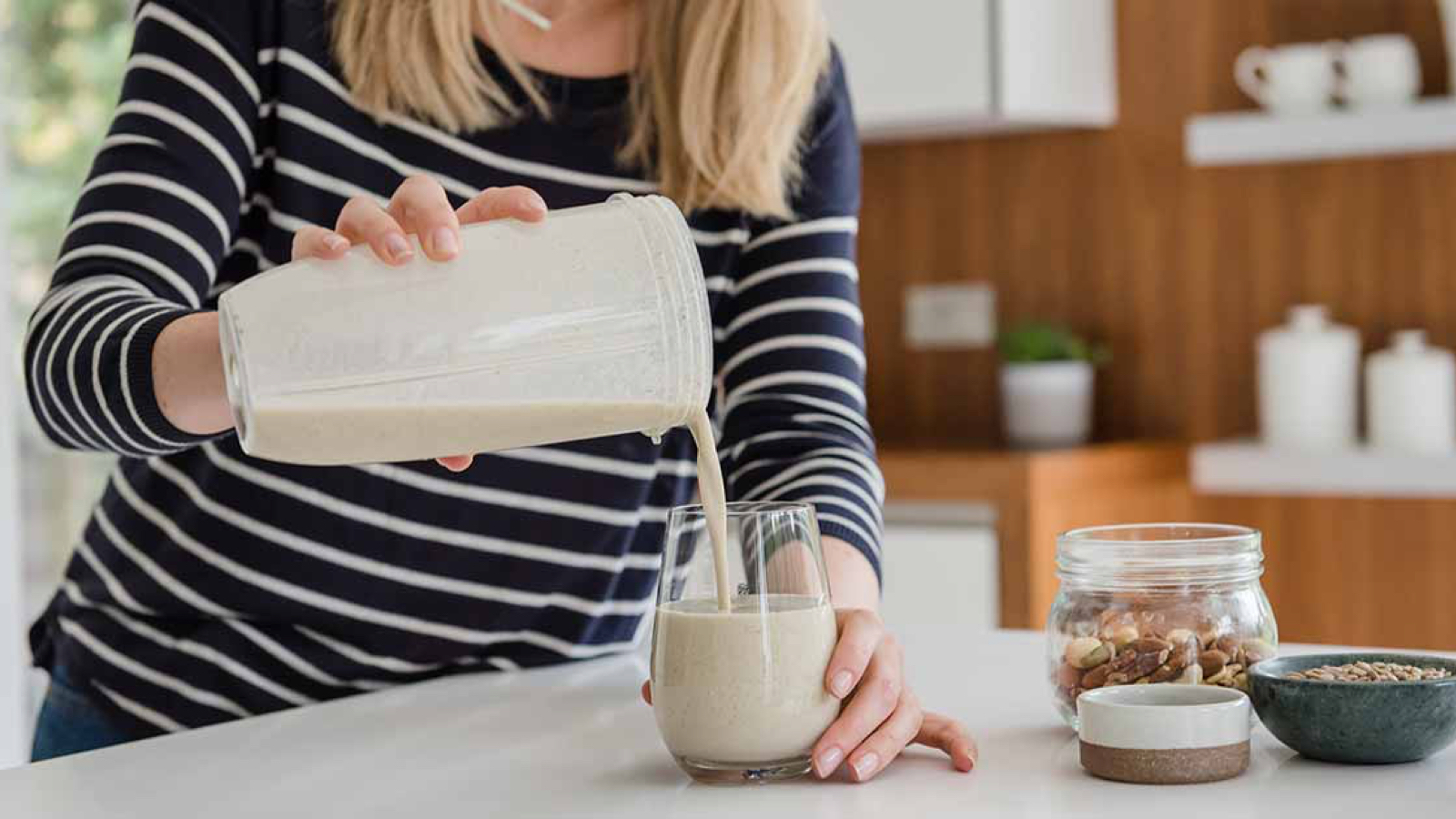

Haven't got the best home gym equipment at hand but wanna get big arms? We collected the best biceps exercises that use no dumbells so you can have a good biceps pump at home without having to invest in the best dumbbells.
Dumbbells are slowly re-appearing in stock after having been disappeared from the face of the earth during the early days of lockdown, leaving you without the easy and obvious ways to work out your arms at home. We are here, however, to show you not one but FIVE of the best home workout exercises you can use to train your biceps without dumbbells, kettlebells or any other weights.
• High-intensity home dumbbell workout from a four-time Tough Mudder world champion
To get big arms at home with no equipment is not easy, but it is far from impossible. Bicep moves are 'pull' type exercises so if you want to work your biceps, you have to curl the arms and pull items towards your body or pull your body towards the source of resistance. Lifting the arms alone won't work, unfortunately, and even if you do a thousand arm curls with no weights every day, you won't see much results.
What exercises can you do and what equipment will you need to work the biceps without dumbbells? We have listed your big arms options below.

Eat your protein
Protein is one of the three macronutrients your body needs to function properly, the other two being fat and carbohydrate. Of the three macronutrients, we can store two in our bodies – carbs and fats – but we can't store protein, so you will need to supply your body with it throughout the day to aid muscle growth and recovery. The most convenient way to take in protein is to to have a couple protein shakes a day, which is a combination of protein powder and water (or milk/milk substitute).
Protein, of course, can and should be sourced from a variety of sources, like fish, nuts, lean meat and vegetables. You might also want to give your body a rest in between workouts too. Overworking your muscles and under-supplying your body of key nutrients is the best way to get injured and to lose motivation fast.
Sign up to the T3 newsletter for smarter living straight to your inbox
Get all the latest news, reviews, deals and buying guides on gorgeous tech, home and active products from the T3 experts
If you are doing moderate exercising, you won't need loads of protein either: shoot for approx. 1.5 grams per body kilogram per day. Assuming you are around 80-90 kilos, you won't need more than 120-135 grams of protein to cover your daily needs.
Make sure you also drink plenty of water, that will speed up your metabolism, protect your cells and help muscle regeneration, too.
Best exercises to train your biceps at home with no dumbbells
Resistance band curls
Equipment needed: best resistance bands
Stand tall and hold one end of the resistance band in your hand and step on the other end with your feet. Make sure the band is tucked under your feet properly so it won't spring up in your face as you perform the curls.
Then, bend one arm from the elbow, pulling the resistance band as high as you can without moving your upper arm. Let the arms back down in a slow, controlled motion and return to the starting position.
Chin up
Equipment needed: best pull up bar or best multi-gym
To perform a chin up, grab the bar with an underhand grip (palms facing you), hands being shoulder apart. Pull up your body so your chin is over the bar then slowly return to the starting position. Be mindful of your body and especially your head so it won't bump into the bar either way.
If you aren't strong enough to do chin ups, try doing negative chin ups first: use a step ladder or a chair to lift your chin over the bar and then slowly let your body down. You can also try 'just' hanging in the bar without locking your shoulders; that builds back muscles too.
Kettlebell ballistic row
Equipment needed: best kettlebell
Kettlebell ballistic row is a dynamic exercise that works your biceps and your back muscles too. As you drop the kettlebell from one hand to the other, you also train your grip and your forearm muscles while holding the pose requires an effort from your core muscles.
In the video above, senior kettlebell specialist Eric Leija demonstrates how to perform the exercise: in a wide stance (not too wide though) bend over and pick the kettlebell up in one hand. Pull the kettlebell up towards your chest then lower it back down without placing it down on the floor. Then, pull the kettlebell up again and drop it from one hand to the other. Lower i back down and perform a row with the other hand. Repeat.
Focus is key with exercise as it dropping the kettlebell can damage your feet and not engaging your core can result in pulling your back.
- This full body workout uses a single kettlebell to get you summer body ready in 10 minutes at home
- Best kettlebell workout for beginners: everything you need to get swinging fit
- This full body kettlebell workout from a Master Trainer will smash fat and build muscle
Inverted row
Equipment needed: best suspension trainer
Even if you haven't got a half cage and a barbell as on the picture above, you can perform inverted rows using a suspension trainer. You might have heard of the brand TRX before, its HOME2 set is perfect for home gyms and even has a door hook so you don't have to drill either to be able to use it.
Inverted rows are very similar to bent over rows, but here you use your bodyweight as resistance. Keep your body straight by engaging your core and be extra careful at the end of the exercise as you lower yourself back to the floor. focus on the biceps as you pull your chest up and keep the motion nice and controlled all the way trough.
Upright row
Equipment needed: resistance band, kettlebell or barbell
Upright rows are great to work out your biceps and shoulders but they must be performed correctly to avoid injury. Especially when done with barbells, pulling the bar too high can put a lot of pressure on the wrists and damage the shoulders too.
If you haven't got a barbell at hand, you can use resistance bands or a kettlebell instead.
T3's how-to exercise guides
- How to squat right: the barbell back squat is the best exercise for a toned butt and strong legs
- How to deadlift correctly: a full body workout in one move for stronger arms, back and legs
- Overhead press: how to perform this classic exercise for big arms and quick shoulder gains
- How to do thrusters: this squat variant is a leg day staple AND a one-move full body exercise
- How to do a push up plus all the best variations on this classic exercise for bigger arms
- How to use an ab roller: get a six pack FAST with this cheap home gym staple
- Chin up vs pull up: what's the difference, muscles worked and WHAT IS THE BEST ONE?
- How to do ab crunches for beginners: the best stomach exercises to tone up
- How to bench press effectively and safely: this classic exercise will build a massive chest and big arms and shoulders too

Matt Kollat is a journalist and content creator who works for T3.com and its magazine counterpart as an Active Editor. His areas of expertise include wearables, drones, fitness equipment, nutrition and outdoor gear. He joined T3 in 2019. His byline appears in several publications, including Techradar and Fit&Well, and more. Matt also collaborated with other content creators (e.g. Garage Gym Reviews) and judged many awards, such as the European Specialist Sports Nutrition Alliance's ESSNawards. When he isn't working out, running or cycling, you'll find him roaming the countryside and trying out new podcasting and content creation equipment.

